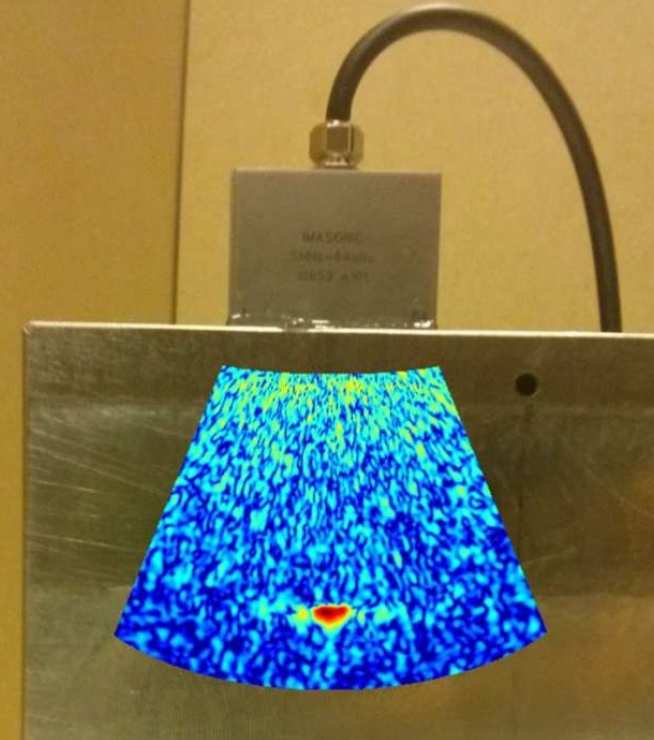
Polycrystalline materials are commonplace in a variety of industries, including the electricity generation industry where their future uptake is likely to grow. In particular, improved creep strength derived from a coarser microstructure would permit future power plants to operate at increased temperatures, enabling higher efficiencies. The success of this evolution, however, will depend on technical confidence, including the capability to perform reliable NDE.
Whilst ultrasonic NDE functions well in acoustically transparent media, in polycrystalline materials conversely, a host where scatterers associated with material microstructure are abundant, this is often no longer the case. As the wavelength of the probing wave becomes dimensionally similar to that of the grains: increased attenuation, incoherent noise, and possibly anisotropic effects all serve to obscure targets of interest.
In recent years, array probes and Full Matrix Capture (FMC) imaging algorithms have unlocked exciting opportunities for improvements. This EngD programme aims to establish those possibilities and develop the capability to ultrasonically inspect highly scattering materials. It will explore both, experimental studies to benchmark the latest NDE technologies and numerical modelling to investigate the complex scattering physics.
Funding Sources and Sponsor
EPSRC EP/I017704/1 (Centre for Doctoral Training in Non-Destructive Evaluation), E.ON Technologies Ltd.
References
A. Van Pamel, M. J. S. Lowe, C. R. Brett, “A Methodology for Evaluation Detection performance of Ultrasonic Array Imaging Algorithms for Coarse Grained Materials” IEEE Trans. Ultrason. Ferroelectr. Freq. Control, 61, pp.2054-2066 (2014).
A. Van Pamel, P. Huthwaite, C. R. Brett, M. J. S. Lowe, “Finite element modelling of elastic wave scattering within a polycrystalline material in two and three dimensions” JASA, in print (2015).
A. Van Pamel, P. Huthwaite, C. R. Brett, M. J. S. Lowe, “Numerical Simulations of Ultrasonic Array Imaging within Highly Scattering Materials”, NDT&E, in print (2016).